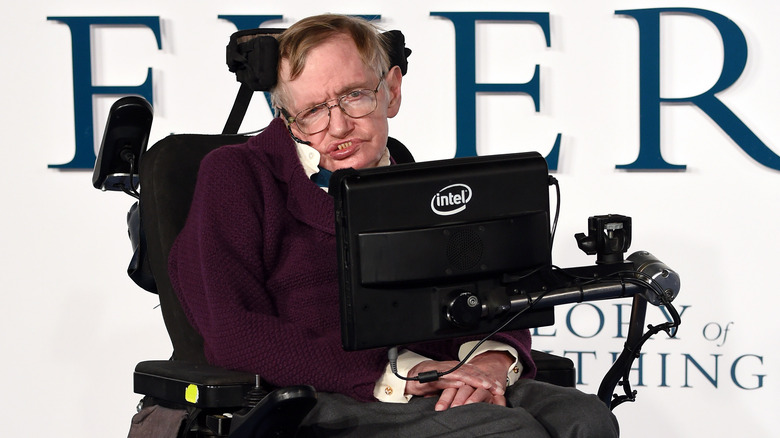This New AI Technology Could Give You Almost Telepathic Communication Abilities
Generative AI may end up revolutionizing many kinds of industries and technologies over the next few years, and one company is convinced that it will allow people to communicate using only their minds. Unbabel is a digital translation company that helps parties speaking different languages — whether companies, customers, and others — communicate clearly with one another. But, for the last four years, they've been working on a side project: a non-intrusive wearable that can send texts based on your thoughts. By pairing it with advanced generative AI released earlier this year by OpenAI, that wearable — dubbed Halo — is now becoming a reality.
Unlike Neuralink and other companies that use more intrusive methods to translate brain signals into text and other controls, Unbabel is using electromyography (EMG), which is an inexpensive method of measuring muscle response and electrical activity. The Halo prototype uses EMG sensors inside a thin armband that can read the muscles of a user's arm as they picture specific words in their mind.
While similar devices using this principle have been constructed before, including a tech company owned by Meta, Halo's device is benefitting from the latest advancements in generative AI. Unbabel founder and CEO, Vasco Pedro, confidently told TechCrunch: "This is the moment when this is going to accelerate." Currently, similar devices can only crudely approximate simple concepts and words from muscle twitches and similar data. But a generative AI can interpret those same signals and quickly approximate more specific words, especially as it learns the patterns of a specific user. That user can then confirm whether the AI has correctly surmised what they want to communicate before sending out the text.
The heart of Unbabel's Halo is a personalized LLM
Unbabel's Halo is paired with an app on the user's phone, as well as wireless headphones. The app can receive messages, which are delivered to the user through the headphones, similar to how many people get notified of their texts these days. In the example used by the TechCrunch reporter who witnessed a real-time test of the Halo, CEO Vasco Pedro was asked what kind of coffee he had that morning, through a text that was relayed to his earpiece.
When Pedro thought of the phrase "black coffee," his arm muscles physically responded in a way the wearable EMG could interpret. This is where the AI comes in. Because the large language model AI (LLM) had previously gotten to know Pedro's physical responses to specific words and phrases, it was able to then ask him, through the headphones, if he was thinking of "Americano." When Pedro confirmed, that response was sent out through Telegram — all without typing, or even moving his body.
The "personalized LLM" uses ChatGPT 3.5 and its experience with the user to facilitate communication between the user, their inner thoughts, and the person they are communicating with. So while other similar devices have been built or are in development, by incorporating an LLM, Unbabel may have unlocked the true potential of this "telepathic" type of communication.
Halo could be extremely useful for people who cannot physically speak
The wearable is a sleeve made of flexible "E-skin", embedded with EMG sensors, that Unbabel is developing with the Printed Microelectronics Laboratory at the University of Coimbra. While the device is still a crude prototype, Unbabel is confident the device can be miniaturized and produced on a large scale. If it can be, Halo could revolutionize the way people who cannot physically speak can communicate. That includes those with Cerebral Palsy, as well as ALS sufferers. The current technology available is considered fairly inadequate. Some rely on eye-tracking, which works poorly outdoors and requires a great deal of calibration. Plus, they can physically exhaust the users.
Physicist Stephen Hawking famously used similar tech to communicate as he was suffering from ALS. His computerized voice allowed him to communicate around two words per minute. Unbabel claims that Halo is currently capable of 20 words per minute, and is looking to increase that number. "People talk at a maximum of 120 to 130 words per minute," says Pedro. "So if you get to 150, you're starting to get to superhuman capabilities." While the idea of using generative AI and wearable EMG sensors to communicate faster than you can physically speak is a lofty goal, Unbabel hopes to introduce a more modest form of Halo to ALS users by the end of the year.
Pedro told TechCrunch, "Our prototype is already being endorsed by the major ALS association in Portugal ... Beyond ALS patients, our current product is also relevant for other patients that struggle to type." Generative AI could make the world look closer to futuristic sci-fi novels than ever before, and allowing people to communicate almost telepathically may be one way it accomplishes this.


